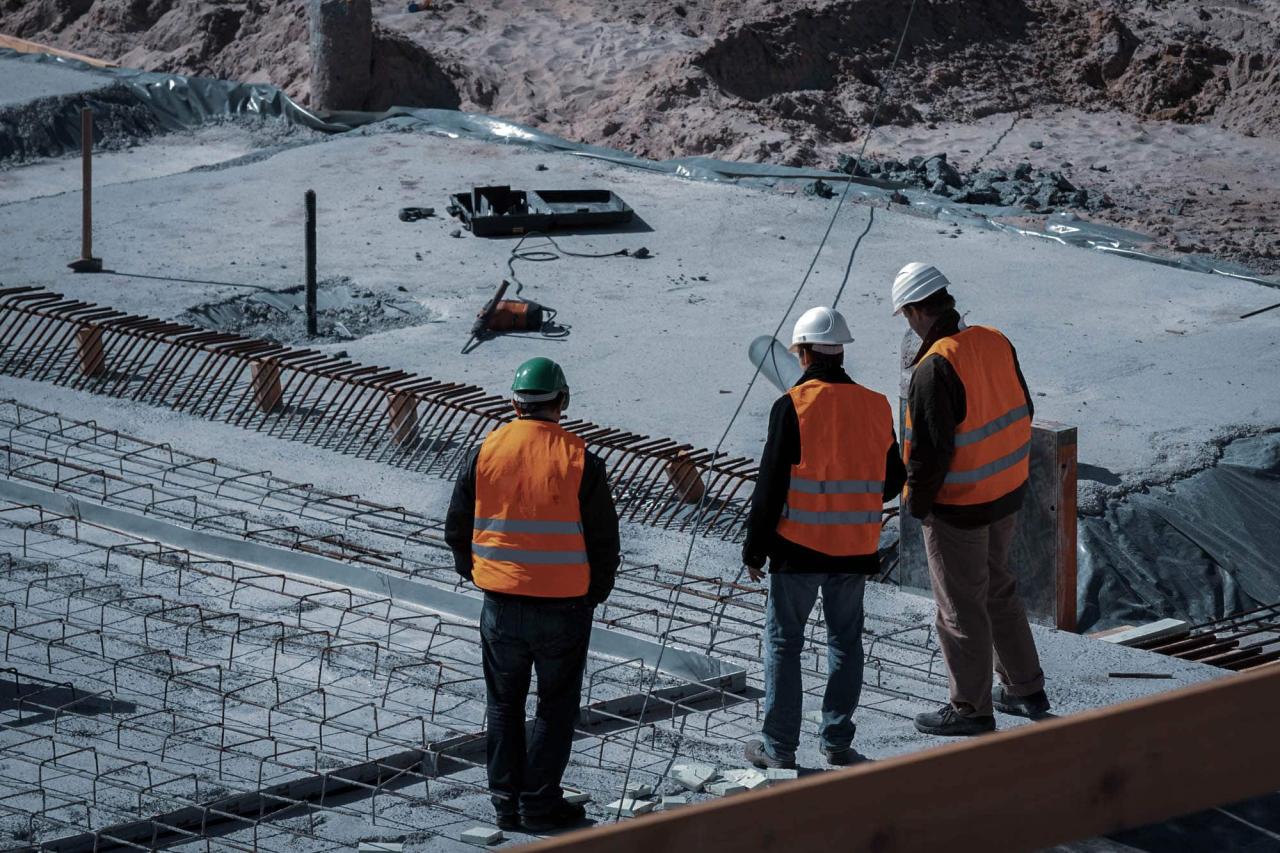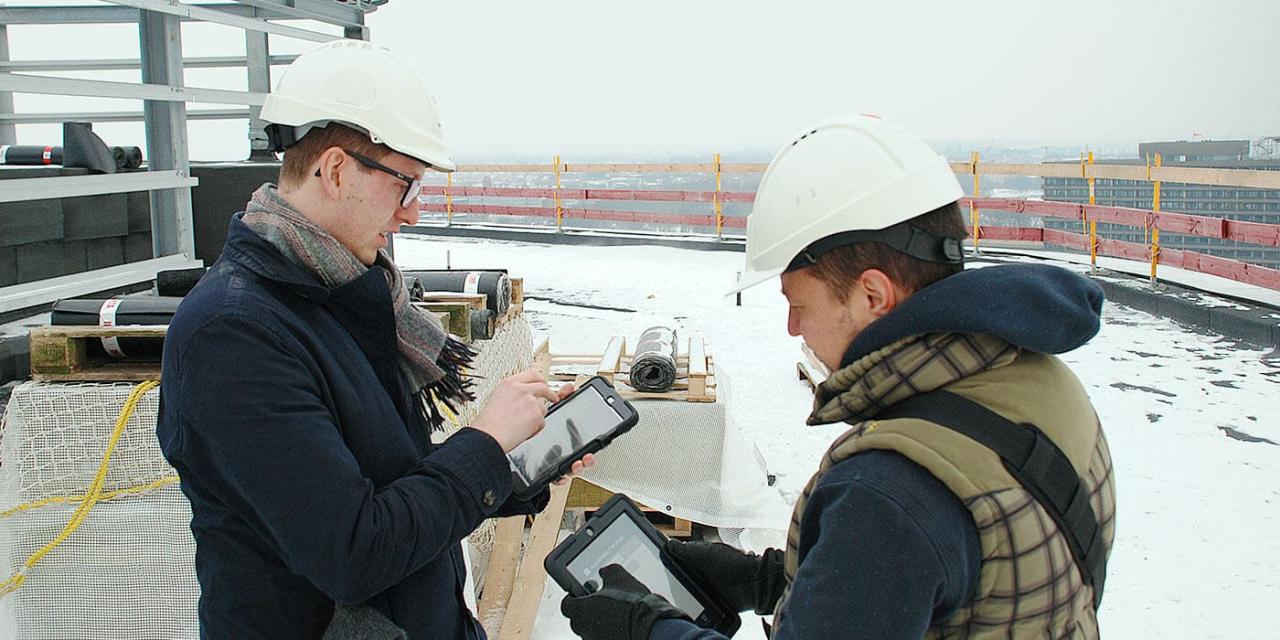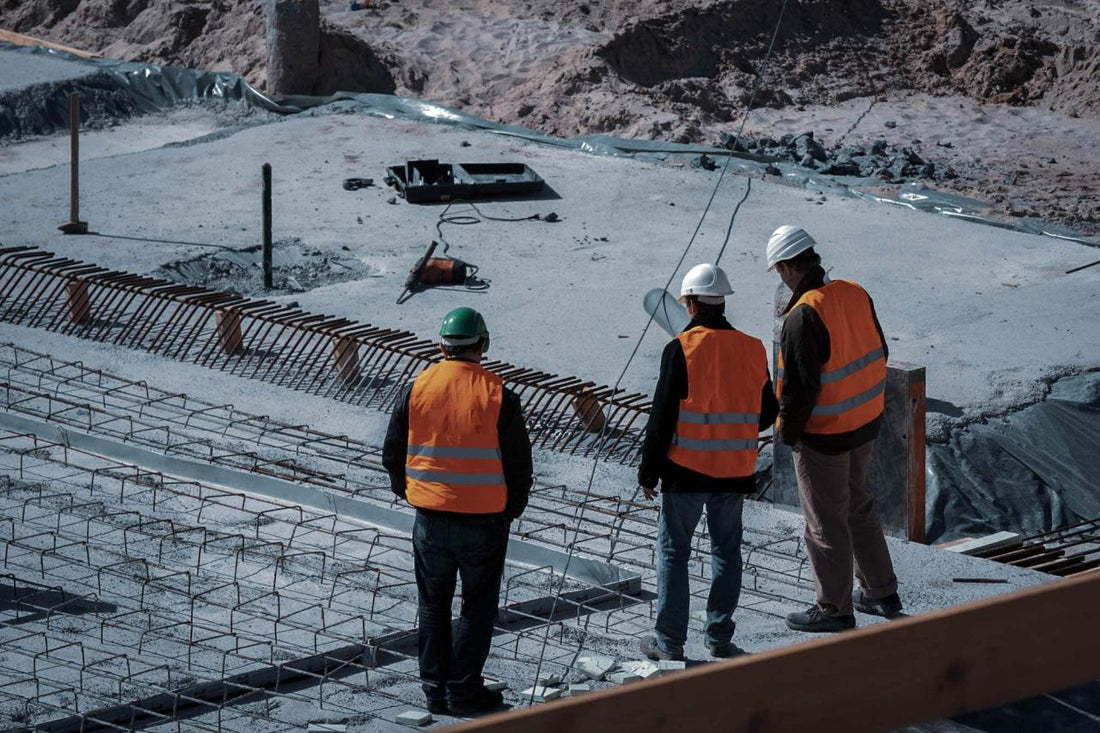Construction projects are more complex than ever: with tight deadlines and budgets, small inefficiencies quickly result in higher costs and more waste.
Fortunately, lean construction principles offer organizations practical ways to minimize waste and maximize value across all their projects.
We'll explore the five most notable benefits of lean construction and discuss three ways to start implementing lean practices in your organization.
Top 5 Benefits of Lean Construction
The benefits of lean construction that your organization can expect will vary depending on how you apply lean principles and your current state of operation.
While the benefits of lean construction are nearly limitless, let's explore five of the most notable and common ones:
1. Better planning and scheduling
Inefficient scheduling is one of the biggest reasons construction professionals notice lost productivity on the job site. This loss of productivity takes the form of things like scheduling workers before their role is needed or scheduling them in congested areas, resulting in overall inefficiency.
Lean construction best practices include using a pull planning and scheduling approach to reduce conflict and improve efficiency. This benefit of lean construction comes from backward planning schedules to meet deadlines, allowing stakeholders to coordinate and resolve potential issues more effectively.
2. Greater security, fewer risks
What is the most valuable resource in construction? Your employees. Over the years, the industry has worked to increase worker safety and reduce risks on job sites – leading construction companies understand that safe workplaces are profitable workplaces.
Supporting these efforts is a significant benefit of lean construction, emphasizing communication and collaboration to create a safer environment with fewer risks for workers and businesses.
Lean construction planning methods encourage teams to monitor their progress and identify potential risks to deal with them quickly, while also involving key stakeholders to avoid lasting negative effects on the project.

3. More control over costs
You may have already guessed: collaboration is a central component of lean construction. With this collaboration, construction professionals can achieve cost savings and increase their productivity. In fact, McKinsey found that improved collaboration can improve productivity by 8-9% while reducing overall costs by 6-7%.
This cost reduction brings us to the third benefit of lean construction: more control and higher margins. Lean methodologies help reduce downtime and eliminate inefficiencies in construction processes.
4. Happy employees, happy customers
Another benefit of lean construction is more engaged employees, leading to a greater number of successful projects and greater stakeholder engagement at all levels. With a lean approach, everyone involved in a project communicates and works together from the beginning, resulting in a better understanding of their roles.
Lean construction helps construction professionals deliver their projects on time and on budget to improve satisfaction for everyone involved, from their subcontractors to their clients. Satisfied employees and customers impact a construction company’s long-term success.
5. Better output quality
You are what you build. Coordination, collaboration and communication are essential to guarantee the best possible results, from processes to materials.
Lean construction focuses on these three Cs, along with trust and accountability at every step of a project. When teams, contractors and clients work together, they bring innovation and value that aligns with project objectives from the beginning.
This benefit of lean construction means less rework and conflicts, resulting in more efficient production and higher quality output.

3 steps to harness these benefits of lean construction
Switching to lean construction methodologies is labor intensive and can be challenging; However, if you follow these three steps, you can start seeing these five benefits of lean construction almost immediately:
1. Focus on collaboration and transparency
Making the most of the benefits of lean construction starts by ensuring everyone involved in a project knows their roles and responsibilities. This means addressing concerns about scheduling, planning, communication, etc., and ensuring that all workers and stakeholders feel comfortable using the collaboration tools your organization employs.
Building transparency means engaging with your subcontractors about how they, too, will benefit from lean construction practices. Involve them in the planning process from the beginning to ensure they understand the role they will play in the project and integrate them into the collaboration software your team uses.
2. Review your planning and scheduling practices
To take full advantage of the benefits of lean construction, use the pull planning method to optimize schedules and the Last Planner® system to coordinate tasks. Then, regularly evaluate project progress and milestones to ensure everything (and everyone) stays on track.
Check in regularly with contractors, clients, and stakeholders, take note of where you can make improvements, and create actionable plans to accomplish them. Keep the lines of communication open and take the time to discuss lean construction best practices with everyone involved.
3. Develop the right lean construction principles for your organization
As the project progresses and teams begin to complete milestones, develop your own operating principles. Review these standards with your team and set clear expectations. It is also good practice at this time to quantify the lean construction benefits and results you have achieved, advocating continued investment in lean methodologies.

